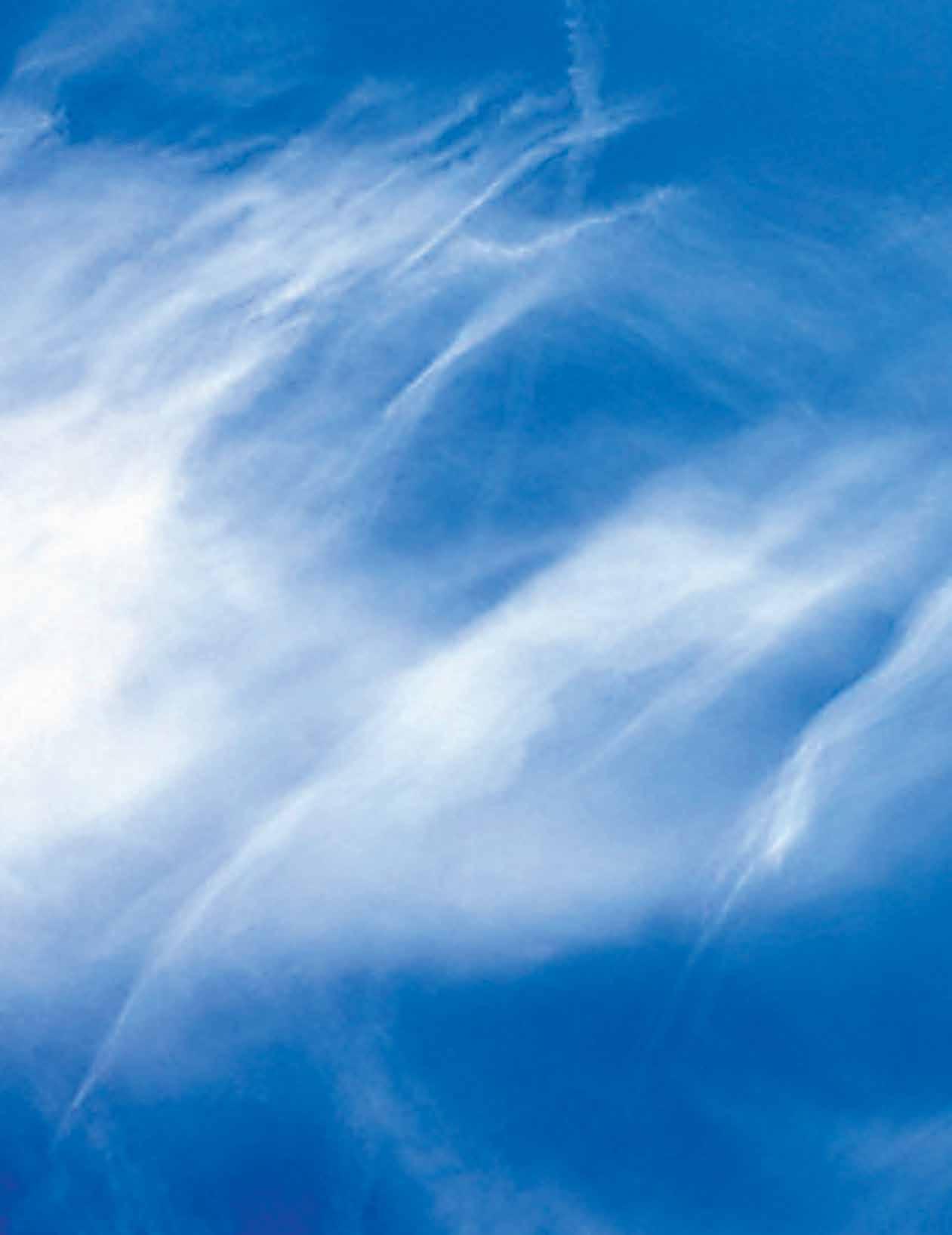
5 minute read
Weather tips to help your camping outings
Old rhymes – fact or fancy?
By Chantal Macartney
Advertisement
Red sky at night, sailors’ delight; Red sky in morning, sailors take warning.
WE’VE ALL heard rhymes that predict the weather, but should we believe them?
Many traditional weather forecasting proverbs come from sailors and pioneers whose lives depended on battening down the hatches. It turns out there’s some good folk-wisdom in the old rhymes. Modern weather forecasting equipment and satellites show that lots of these proverbs were generally trustworthy and often accurate.
Weather predicting is a tough business because weather changes are often fast, furious and frequent. Predicting basic weather developments is often as simple as reading cloud patterns. Various cloud formations telegraph impending weather: Are clouds becoming more or less abundant? Are they descending or rising? Is there a shifting pattern in the sky?
Well-weathered rhymes
Forecasting rain is the mainstay of most weather proverbs and rhymes. Even today, tourists and travellers can use these ancient verses to decide whether to get out the rain gear and put up the tarp.
The rhyme at the beginning of this article has some credence in basic meteorology. Weather patterns tend to travel west to east, and the sun tracks the opposite direction. The setting western sun illuminates the pollution and dust particles to create the red sky associated with dry air. Since weather in the west is heading toward the viewer’s location, the red sunset glow suggests approaching dry conditions. If the evening sky has a yellow or grey hue, however, you might want to sleep in the tent instead of under the stars. Likewise, wet weather might be telegraphed by a reddish sky in the morning, as the sun illuminates highaltitude cirrus clouds that might drop later in the day.
The moon with a circle brings water in her beak.
If you see the moon or sun surrounded by a halo-like circle, rain could be on the way. Light bends when it hits the ice crystals in cirrus clouds, creating the halo effect. It is a sign that rain may prevail when the cirrus clouds sink in the sky. Mackerel skies and mares’ tails, Make tall ships carry low sails.
Cirrus clouds were nicknamed “mares tails” for their wispy likeness. If the sky is streaked with cirrus clouds, rain may be approaching. A sky with patches of high-elevation cirrus clouds typically depicts high-quality weather for the day, but if the wispy ends of the clouds are turned down, break out the umbrella.
Lightning from the west or northwest will reach you, Lightning from the south or southwest will pass you by.
For the most part, storms and thunderclouds head from west to east. This proverb holds water because when lightning is seen in the south, the rain is probably passing you by. The rest of the storm could track south, too, leaving you high and dry.
Rainbow in the morning sailors take warning. Rainbow towards night, Sailors’ delight.
Much like the first weather proverb mentioned in this article, this rhyme is all about rain. Rainbows are usually seen away from the sun. In the morning, the eastern sun shines through the raindrops in the west and forms a rainbow. The water-laden clouds move east toward those hapless mariners. In the evening, the sun shines through moisture in the east and shows as a rainbow. Eastern rain has already safely passed over.

Sound traveling far and wide, A stormy day does betide.
Has your canoe partner’s voice ever sounded a wee bit more insistent as the clouds roll in? It could just be louder. If your voice or the pots and pans clinking together sound louder then usual, this might foreshadow a storm. High humidity from lower clouds causes sound waves to bounce back to you, creating the illusion that everything is louder. You may think that your ears are more sensitive, but when the clouds lift, the sounds will return to normal.
If smoke goes high, No rain comes by; If smoke hangs low, Watch out for a blow.
The smoke raising from a campfire can help you detect whether or not rain is on its way. If the smoke hangs in the air in a cloud, the air is in a low-pressure stage and likely, rain will occur. If smoke is rising in a thin, vertical twisting pattern, this indicates a highpressure system and clear weather around the corner.
When the dew is on the grass, Rain will never come to pass. When the grass is dry at night, Rain will come before the light.
Because dew only occurs when the air is clear and tranquil, there cannot be any conflicting humidity or low-pressure points. Wind evaporates the dew and could be a precursor to rain.
Reading the weather
Many outdoors enthusiasts have memorized the weather proverbs to help them predict what lies ahead. The weather is never so important as when we are at the mercy of the elements. The weather proverbs will work for you, but it doesn’t hurt to have a good radio, too! – Chantal Macartney is an avid camper and canoeist who is ever-vigilant to approaching storms.
Airline vapour trails tell weather secrets

Next time you’re sitting around a crackling campfire with friends, perhaps sipping on sweet tea and talking about how good life is, look up high above your campsite. Can you spot any airline vapour trails? They might help forecast tomorrow’s weather.
If the sky is streaked with vapour trails, look out! The moisture left behind the jet engines isn’t evaporating because the atmosphere is damp. It could mean moist weather is heading your way. However, if high-altitude jet contrails disappear almost immediately behind an airliner, it means the upper atmosphere is bone dry – a good omen for dry days ahead.
Jet contrails also make pretty good compasses. In Canada, most high altitude aircraft are flying east or west. How can we tell which end of a contrail is west? Watch the sun’s track for 10 minutes to find out which direction it’s moving. Once west has been established, it should be easy to locate south and north.
Next time you’re lost without a compass, your solution might be in the vapour!








